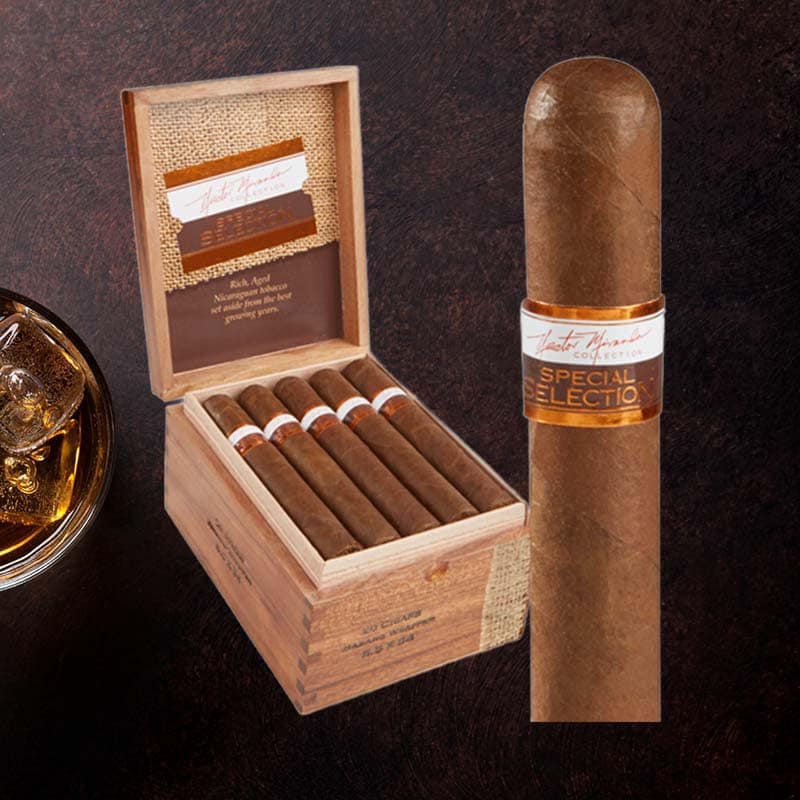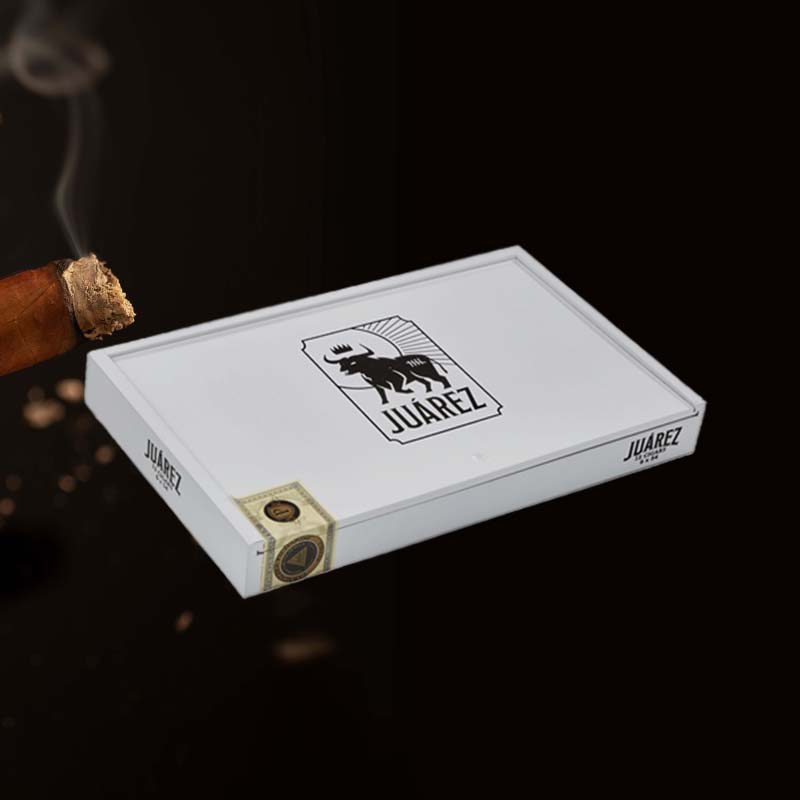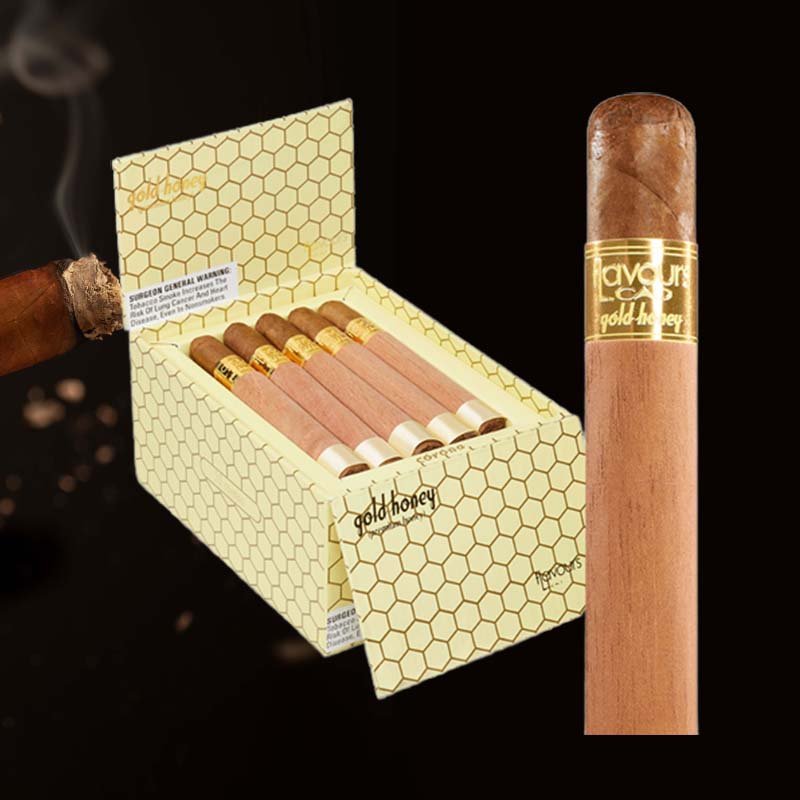Why wont my butane torch ligh
I remember the first time I reached for my butane torch, filled with excitement to light up my cigar and enjoy a relaxing evening. However, nothing could prepare me for the frustration of that torch refusing to ignite. Yes, it’s a moment that confounds many torch owners – why won’t my butane torch light?
In this article, I aim to explore various reasons your torch might not be working and provide practical solutions. Let’s dive in and unravel the mystery behind your stubborn lighter.
Common Issues Causing Your Torch Not to Light
The moment my butane torch wouldn’t light, I had to consider numerous possibilities. Through my experience, I learned that several common issues could be at play:
- Insufficient fuel
- Clogged jets
- Dampness in components
- Faulty or damaged ignition systems
- Improper flame adjustment settings
Preparing for Purging and Refilling
Importance of Purging Your Lighter
One of the best practices I discovered is purging my lighter before refilling it with butane. This step helps eliminate any leftover gas, ensuring a clean slate for optimal performance.
How to Purge Your Torch Lighter
Steps to Successfully Purge Your Lighter
To purge effectively, follow these steps:
- Ensure your torch is off and cool.
- Invert the lighter and position it away from you.
- Press down on the refill valve using a small tool until you hear a hissing sound, indicating gas is escaping.
- Repeat this step a couple of times to ensure all residual gas is purged.
Refilling Your Butane Torch
How to Properly Refill with Butane
After purging, I find it’s crucial to refill with high-quality butane to ensure smooth operation. Align the nozzle of the butane canister with the refill valve and press down firmly. Make sure to refill in short bursts to avoid overfilling.
Evaluating Common Lighter Problems
Why is My Lighter Not Working?
If you’re in the same predicament, ask yourself: Is there enough fuel? Are there visible blockages? Checking these can save valuable time and frustration when trying to ignite your torch.
Fixing Common Lighter Issues
Understanding Spark Issues
The spark element is crucial for ignition. If your torch clicks but doesn’t spark, it may be damaged or misaligned. Examine this part closely and consider seeking a replacement if needed.
Troubleshooting Weak Flame Issues
Causes of a Weak Flame
A weak flame can be a nuisance. Some contributing factors might include:
- Clogged jets
- Low gas pressure
- Incorrect flame height setting
Each of these factors requires a careful check to revive that fierce flame you desire.
Identifying Leaks in Your Torch
How to Check for Fuel Leaks
To check for leaks, spray a mixture of soap and water around the base of the valve. If you see bubbles forming, you likely have a leak that requires addressing.
Signs Your Torch is Out of Fuel
How to Know If You Need a Refill
If the flame is flickering or not igniting, it might be time for a refill. Trust me, it’s always disappointing to discover you’re out of butane when you’re all set to light up.
Keeping Your Lighter Clean
Maintenance Tips for a Cleaner Torch
Regularly cleaning your torch significantly extends its lifespan. I recommend using a soft cloth and mild cleaner, focusing on areas prone to debris buildup.
Recognizing Hissing Sounds
What a Hissing Sound Means for Your Torch
If your lighter is hissing, it could indicate a couple of issues like gas escaping due to pressure release or a possible leak. I always heed these sounds and inspect for signs of malfunction immediately.
Dealing with Dampness in Lighters
How to Dry Damp Parts of Your Lighter
In case I find dampness in my torch, I ensure that I let it dry completely before attempting to use it. Patience is key; a towel might help absorb moisture faster.
Utilizing Safety Features of Your Lighter
The Role of Safety Features in Torch Functionality
Safety features are there for a reason. Features like child safety locks and flame height adjusters not only enhance functionality but also keep us safe while enjoying our torches.
Preventive Measures for Lighter Problems
How to Maintain Your Butane Torch
Regular maintenance is a must. I make it a habit to inspect my torch regularly, checking for leaks and refilling before it runs out completely. It saves hassle later on!
Using High-Quality Butane
The Benefits of Premium Butane Fuel
Investing in high-quality butane makes a difference! It burns cleaner, results in fewer clogs, and enhances the overall longevity of my torch. Trust me—spending a few more dollars is worth it.
Checking the Flame and Adjustments
How to Adjust Flame Height for Optimal Performance
Proper flame height adjustments can elevate your experience. I often tweak the flame settings based on what I’m lighting, ensuring it’s not too high or low for optimal performance.
Cleaning the Jets of Your Torch
Steps to Clean Clogged Jets
Cleaning the jets is straightforward:
- Ensure your torch is off and empty.
- Use a small wire or compressed air to clear visible clogs.
- Wipe down surrounding areas to eliminate debris.
FAQ
Why is my butane torch not lighting?
This could be due to insufficient butane, clogged jets, or ignition issues. Always check fuel levels first!
How do you fix a butane lighter that sparks but won’t light?
Examine the spark ignition system for damage and ensure there’s proper fuel flow. Cleaning the jet may also help.
Why is my torch lighter not releasing butane?
The refill valve may be clogged or damaged. A comprehensive check can help you identify the issue.
How do you clear a clogged butane torch?
Purge the lighter and use compressed air or a fine wire to carefully clean the jets. Regular maintenance can prevent clogs.




















